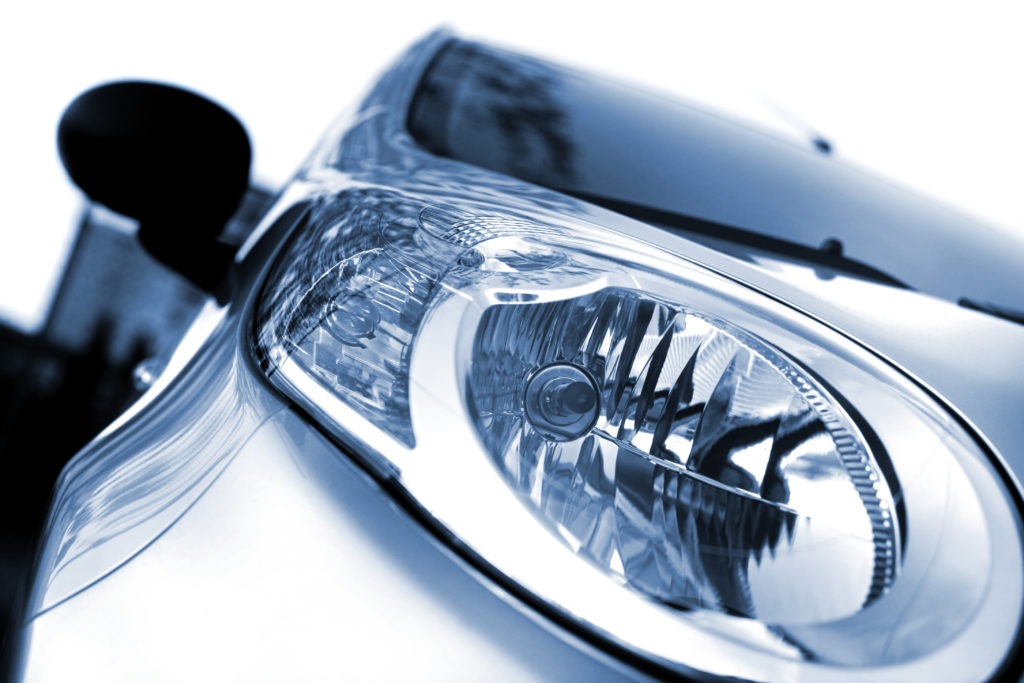Car Telematics: New Revolution in Motor Insurance
12 February 2017

January 27, 2017
The insurance industry is undergoing a dramatic shift towards real-time car data-based services that will require collaboration with OEMs.
The industry is increasingly moving towards telematics boxes – also called black boxes – installed in cars, that can provide information to the insurer such as the time of day you drive, speed and acceleration, and motorway miles covered.
Charlotte Halkett, General Manager Communications at telematics insurance specialist insurethebox, says that through this new technology, insurers will be able to help people to become safer drivers, with the insurer playing a more instructional role and by rewarding people for driving safely. She adds it also provides powerful data to dramatically reduce fraudulent insurance claims, since it can track parameters such as vehicle location and speed.
AXA UK chief executive Amanda Blanc also warns that ′our industry is ripe for disruption’ and that incumbent insurers must act now to embrace such insurance technologies, to prevent being supplanted by ′younger, more agile start-ups willing to step in and give customers what they want.’
Luigi Barcarolo, Group Head of Connected Insurance Products Roll Out at leading Italian insurer Generali, whose firm has 1.3 million customers with telematics products, says that ′behavioural profiling can provide a new value proposition.’
Telematics insurance technology support firm Hubio’s Chief Operating Officer, Saleem Miyan, says that when this behavioural knowledge is used to create better, personalised risk profiling, it allows insurers to provide a competitive edge.
Barcarolo says that these changes go hand in hand with changes in the automotive industry, with OEMs’ business models changing to that of a mobility provider. He stresses that: ′A sound partnership with insurers is very important to provide appropriate cover.’
Miyan goes further, saying that as the traditional automotive industry moves towards being a broader mobility solution provider, there is a need for the ′ability to integrate insurance products beyond the automotive space to make it more sticky.’ He gave examples of a sensor in the home, or a gyrometer in another device, contributing to the overall telematics insurance package, and stressed the value of a central data hub. Ultimately, this will lead to lower insurance costs for responsible people.
Halkett also looks towards insurance in a world of autonomous cars. She says that in the future, insurers will have to become more flexible as the human element of control behind the wheel changes, particularly with the level of autonomy and approach varying from manufacturer to manufacturer and vehicle to vehicle.
Halkett, Barcarolo and Hubio made their comments during Thursday’s TU-Automotive webinar ′UBI [Usage-Based Insurance] Data: The Enabler for a New Era of Connected Motor Insurance.’
Blanc concluded: ′Unless insurance companies are willing to embrace driverless cars and insurtech [insurance technologies] more generally, it could be a future where the industry has only a minimal role.’